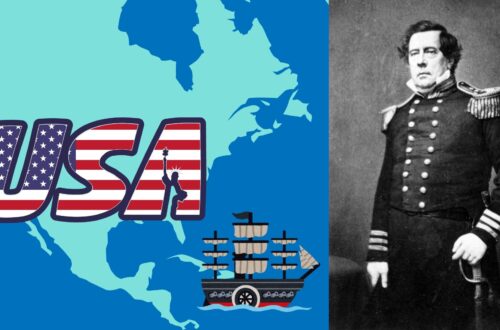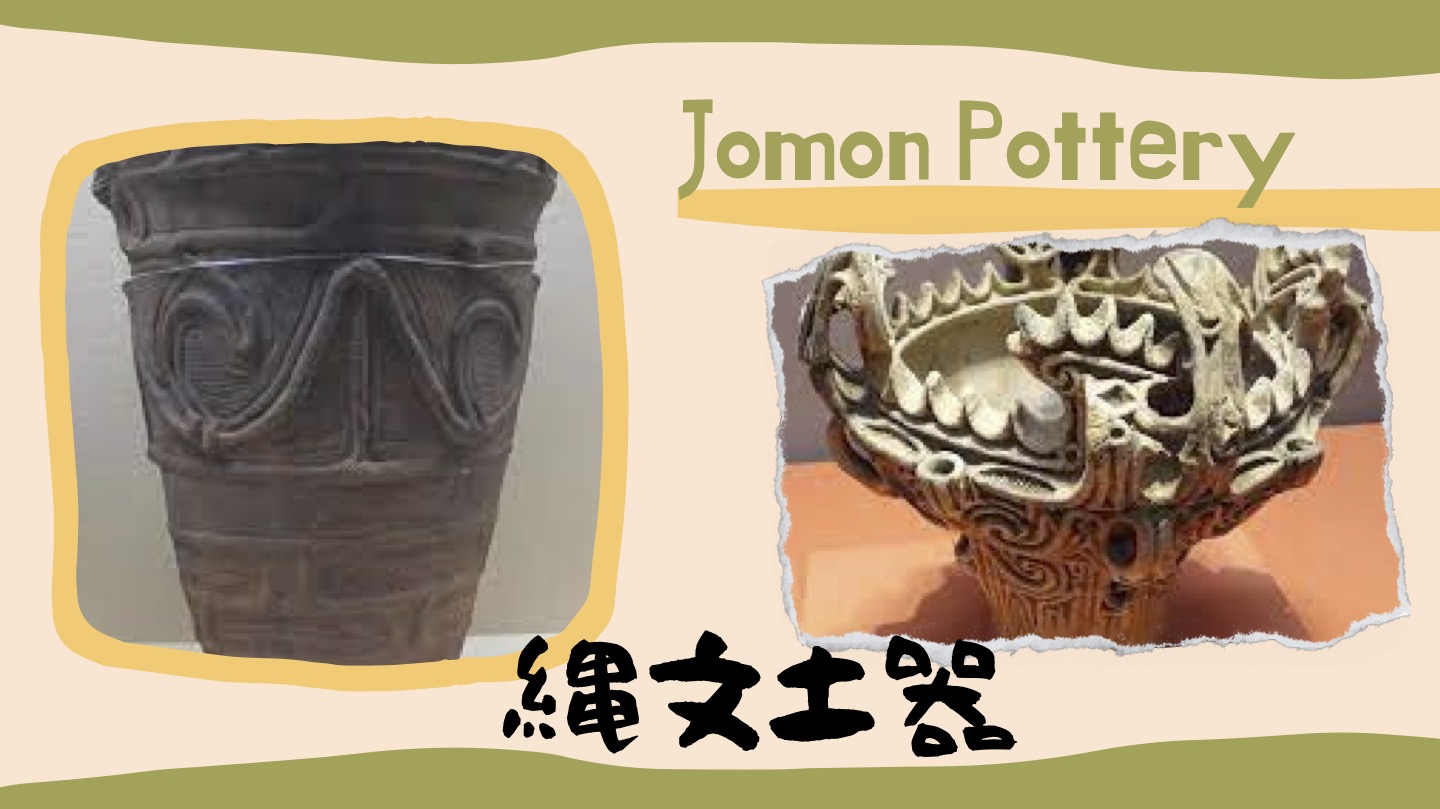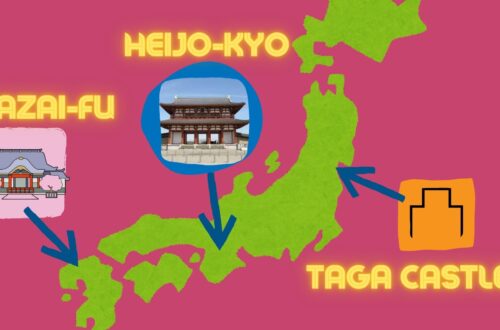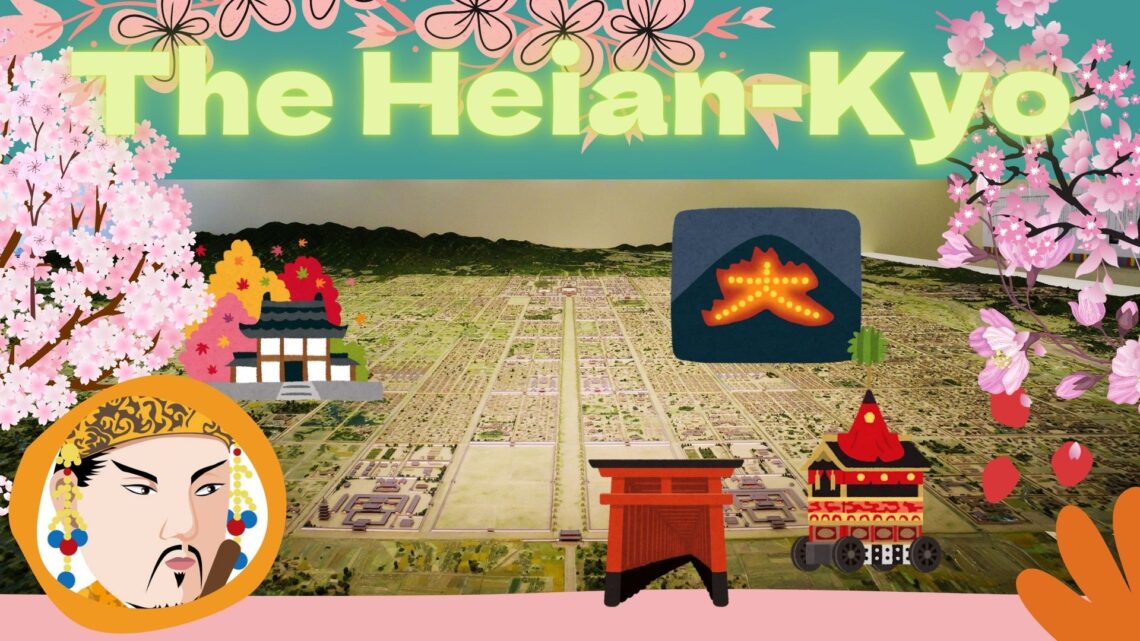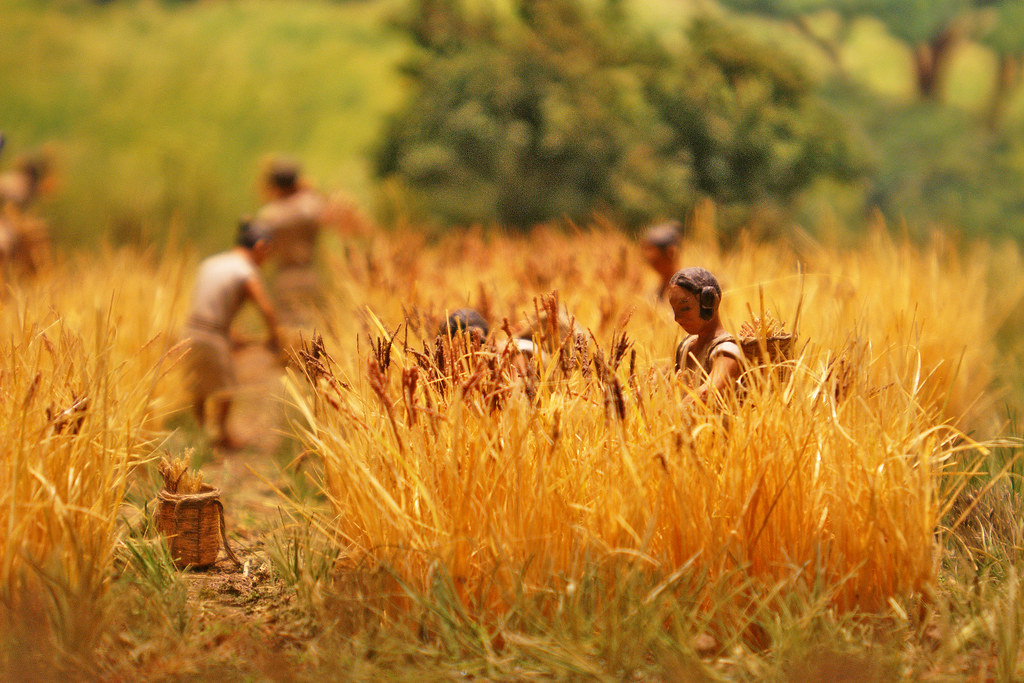-
#15 The Kamakura Culture
Click here to go to the YouTube video This episode is about Kamakura Culture. Let’s take a look at what kind of culture was born in the Kamakura period. 今回のエピソードは鎌倉文化です。鎌倉時代にはどのような文化が生まれたのか見ていきましょう。 Nandaimon Gate of Todaiji Temple is a building representative of the Kamakura Culture. Todaiji Temple in Nara was burned down during the Genpei War but was rebuilt with donations from warriors and the people. The Kongorikishi statues were installed in this Nandaimon Gate. The artists were Unkei and Kaikei. The statues express the strength that flourished in the samurai spirit. 東大寺南大門は鎌倉文化を代表する建築物です。奈良の東大寺は源平合戦の間に焼かれましたが、武士や民衆の寄付により再建されました。この南大門には金剛力士像が設置されています。作者は運慶と快慶です。この像には武士の気風を反映しした力強さが表されています。 In the field of literature, the military chronicle “The Tale of the Heike” was created. It was sung by…
-
#14 The Jokyu War
Click here to go to the YouTube video This episode is about the Jokyu War. After the death of Minamoto no Yoritomo, the Kamakura Shogunate was plunged into crisis. 今回は承久の乱についてです。源頼朝の死後、鎌倉幕府は危機に陥りました。 After Yoritomo’s death, his children were appointed as the second and third shoguns. However, both were assassinated amid political turmoil, and Yoritomo’s bloodline was cut off. 頼朝の死後、その子どもたちが2代目と3代目の将軍となりましたが、政治的混乱の中で二人は暗殺されてしまいます。そして頼朝の血筋は途絶えました。 In Kyoto, Joko Go-Toba sought to reassert the power of the Imperial Court. When the Minamoto shoguns ceased to exist, Joko Go-Toba sent an army to Kamakura to overthrow the Shogunate. The warriors of the Kamakura Shogunate were unsettled. 京都では、後鳥羽上皇が朝廷の力を回復しようとしていました。源氏の将軍が途絶えると、後鳥羽上皇は幕府を倒そうと鎌倉に兵を送りました。幕府の侍たちは動揺しました。 At this time, the real power of the shogunate was in the hands…
-
#13 The Kamakura Shogunate
Click here to go to the YouTube video The theme of this episode is the establishment of the Kamakura shogunate. After winning the battle against the Taira clan, the Minamoto clan established a samurai government in Kamakura. 今回のテーマは鎌倉幕府の成立です。平氏との戦いに勝利した後、源氏が鎌倉に武士の政権を樹立しました。 After the fall of the Taira clan in 1185, Minamoto no Yoshitsune, a war hero, became a popular figure at the Imperial Court in Kyoto. Minamoto no Yoritomo, who was trying to set up a political system in Kamakura, opposed Yoshitsune. Yoritomo pressured the Imperial Court and obtained the right to place “Shugo” and “Jito” to capture Yoshitsune. 1185年に平氏が滅ぶと、源義経はいくさの英雄として京都の朝廷でもてはやされました。鎌倉で政治基盤を固めようとしていた源頼朝は義経と対立しました。頼朝は朝廷に圧力をかけ、義経をとらえる目的で「守護」と「地頭」をおく権利を獲得しました。 “Shugo” was a position that Yoritomo placed in each province. They were in…
-
#12 The Rise & Fall of The Taira Clan
Click here to go to the YouTube video The theme of this topic is the rise and fall of the Taira clan. Let us look at how the samurai era began. 今回のテーマは平家の盛衰です。サムライの時代がどのように始まったのか見ていきましょう。 From the middle of the 11th century, the emperors had an active movement to regain power from the aristocratic Fujiwara clan. Emperor Go-Sanjo was not closely related to the Fujiwara. He organized the manors and took control of the public domain. And it damaged the aristocrats. 11世紀の半ばから、天皇家は貴族の藤原氏から力を取り戻そうとします。後三条天皇は藤原氏との関係が薄く、荘園や公領を整理し、貴族にダメージを与えました。 The next emperor, Shirakawa, gave up the imperial throne to his young son and became a “Joko”, or retired emperor. It allowed him to govern freely. This was called “Insei”, or…
-
#11 The Emergence Of The Samurai
Click here to go to the YouTube video The topic of this time is the emergence of the samurai. How did the samurai gain power in the aristocrat-centered Heian period? 今回のトピックは武士の登場です。貴族中心の平安時代、武士はどのように力をつけていったのでしょうか。 In the 10th century, as the Ritsuryo system loosened, local politics changed. Provincial governors rode horses and armed themselves to collect taxes, and peasants and wealthy families also armed themselves to oppose them. 10世紀、律令制度がゆるむにしたがい、地方の政治は変わりました。国司は馬に乗り、武装して税を取り立て、農民や豪族も武装して国司に対抗するようになりました。 In the capital, the Imperial Court recruited low-ranking nobles and others as military officers and put them in charge of guarding the capital as samurai. In this way, warriors specializing in the martial arts were born, and gradually a group of warriors led by a…
-
#10 The Kokufu Culture
Click here to go to the YouTube video The theme of this time is The Kokufu Culture. What kind of culture flourished during the Heian period? At the end of the 9th century, as the power of the Tang Dynasty waned, the 260-year-long Tang Dynasty envoys were abolished in 894 at the suggestion of Sugawara-no-Michizane, then a close aide to Emperor Uda. Sugawara-no-Michizane was a scholarly elite who became the right minister of the Imperial Court. He was loved by the emperor, but due to a conspiracy by the Fujiwara clan, he was moved to Dazaifu, far from the capital, where he died. The nobles of the Imperial Court feared…
-
#09 Saicho & Kukai
Click here to go to the YouTube video In 804, the 16th Japanese envoy to the Tang Dynasty was dispatched. Among them were two geniuses who would shape the future of Buddhism in Japan. They were Saicho and Kukai. Saicho was born in Omi Province (present-day Shiga Prefecture). After training in the rugged mountains of Tang China, Saicho returned to Japan. He entered the Enryaku-ji Temple on Mount Hiei, and he founded the Tendai sect of Buddhism. Kukai was born in Sanuki Province (present-day Kagawa Prefecture). He studied the latest Buddhism in Chang’an, the capital of the Tang Dynasty. After returning to Japan, he built the Kongobu-ji Temple on Koyasan…
-
#08 The Heian Period
Click here to go to the YouTube video This time, let’s take a look at the Heian period. The Heian period is about 400 years from the time the capital of Japan was moved to Kyoto until the establishment of the samurai government in Kamakura. In Nara’s Heijo-Kyo Capital, there was a power struggle between aristocrats and monks. Emperor Kammu decided to move the capital in an attempt to reorganize the government. He moved the capital to Nagaoka-Kyo in 784, and then in 794, he built Heian-Kyo in present-day Kyoto. The capital of Japan was Kyoto until 1868 when it was moved to present-day Tokyo. Emperor Kammu appointed Sakanoue-no-Tamuramaro as…







